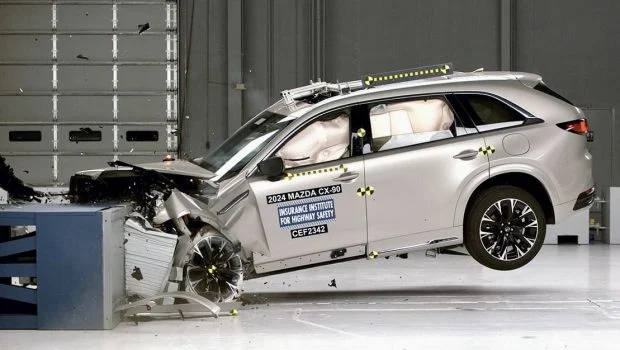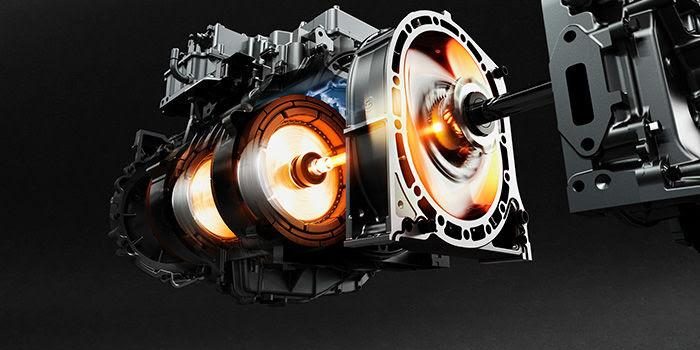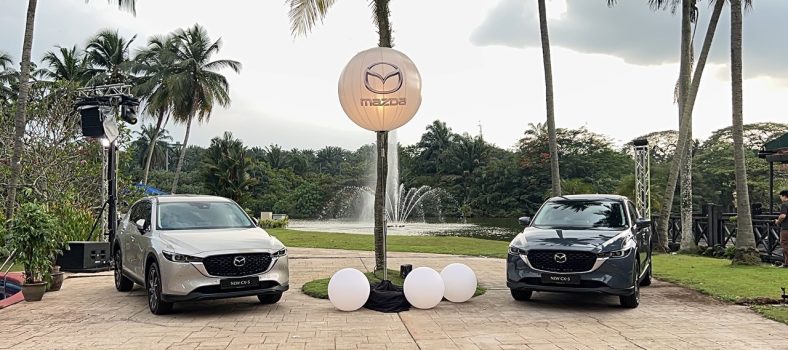Saksikan Pengembaraan Mazda CX-30 Menyeberang Kazakhstan!
Bukan Gohed Gostan!
Mazda CX-30 adalah crossover kecil yang memang hebat yang mempamerkan masa depan falsafah kenderaan dan reka bentuk syarikat. Ia menampilkan semakan casis utama yang pertama sejak casis Skyactiv awal dilancarkan dengan CX-5.

Walaupun kebanyakan rebiu memfokuskan pada penyempurnaan CX-30 yang terbaik, penambahbaikan NVH, pengendalian dan keselesaan perjalanan, keteguhan melintasi medan yang mencabar bukanlah sesuatu yang kebanyakan pengulas terfikir untuk membawa CX-30 ini menempuhnya.

Tetapi itulah yang dilakukan oleh Mazda bersempena ulang tahun ke-100 mereka. Mereka menghantar salah satu CX-30 ini dilengkapi dengan sistem pacuan semua roda dalam perjalanan sejauh 830km di Kazakhstan. Tonton pemanduan itu di bawah:
Mengenai Pengembaraan Tersebut
Perjalanan bermula di Almaty, bandar terbesar di Kazakhstan dengan jarak Trans lli Alatau dekat dengan sempadan Kyrgyzstan. Konvoi kemudian menuju ke lebuh raya A3 moden menuju ke Taman Negara Aityn Emel.

Kesemua CX-30 mengunjungi Singing Dune yang menakutkan dan bertempur dengan dataran gurun-kecil untuk sampai ke bandar Zharkent di sempadan China. Pada keesokan harinya, mereka menuju ke Charyn Canyon dan kembali ke arah Almaty melalui pinggiran Empangan Kapshagay yang agak besar.

Pengembaraan ini berlaku pada awal tahun 2020, sebelum sekatan perjalanan COVID-19.
Pejelasan teknikal Sistem AWD mereka:
About the New AWD System
Mazda’s i-Activ all-wheel drive system is the main highlight of this drive. The CX-30’s evolved generation of i-Activ AWD works in harmony with G-Vectoring Control Plus (GVC Plus) to control torque distribution between the front and rear axles. This generation adds ‘four-wheel vertical load’ detection. It also significantly reduces overall mechanical loss and contributes to improved fuel economy. Newly adopted friction-reducing technologies include a rubber damper inside the power take-off unit that greatly reduces fluctuations in input torque sent to the rear-wheel-drive unit. There’s also a new setting that applies a slight difference in the deceleration ratio between the power take-off and rear differential

By quickly adjusting torque distribution only when necessary, the system features positive response and enhanced real-world fuel economy. The rear differential reduces mechanical loss by adopting ball bearings and the use of low-viscosity oil, along with a design that stores oil in the upper part and supplies just the necessary amount when required. Acting in combination, these measures increase the precision of the AWD control unit while significantly reducing overall mechanical losses.

At the beginning of a turn, the AWD system will maintain the existing front/rear torque distribution to prioritise better turning response through the GVC unit’s engine torque control. After the initial turn-in, the AWD system gradually increases the amount of torque sent to the rear wheels to realise neutral steering and more stable vehicle motion.

Harmonisation with GVC also substantially improves rear torque response and linearity with respect to the driver’s accelerator inputs. When accelerating, more torque is distributed to the rear wheels, and more to the front wheels when decelerating.






No Comment